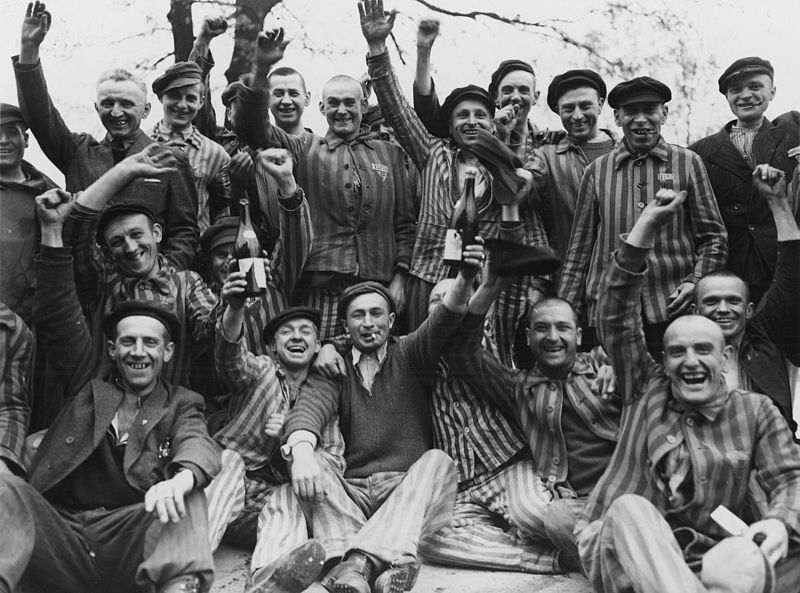The gates of Dachau opened wide on April 29, 1945, not to welcome, but to reveal freedom. On that day, soldiers from the U.S. Army’s 45th Infantry Division arrived at the Nazi concentration camp located just northwest of Munich. What they discovered was unimaginable.
Dachau was the first concentration camp established by the Nazi regime. Built in 1933, it set the standard for the camps that followed across Europe. It imprisoned political opponents, religious dissenters, Roma, LGBTQ+ individuals, and eventually thousands of Jews.
As the Americans approached the camp, they discovered 30 rail cars packed with corpses—emaciated, decomposing, discarded. Inside the camp, over 30,000 survivors clung to life. Many were skeletal, sick, and too weak to move. Conditions had deteriorated so badly in the final days that disease, starvation, and abuse were rampant. Dachau was more than a prison. It was a site of pseudo-science. Prisoners were used as human test subjects—exposed to malaria, tuberculosis, freezing temperatures, and chemical experiments. Others were forced into brutal labor for Nazi war production.
As Allied forces advanced in April 1945, the Nazis officers forced 7,000 prisoners on a death march away from Dachau. Guards began fleeing. When the Americans arrived, a brief firefight erupted with those who remained. In the emotional hours that followed, some U.S. troops executed captured SS guards—an unofficial act born of horror and rage.
Dachau held over 160,000 prisoners throughout its existence. At least 32,000 died there. Survivors’ testimonies helped document Nazi crimes in the postwar years. Today, Dachau stands as a memorial—a place to remember the depths of cruelty and the resilience of those who endured it.

